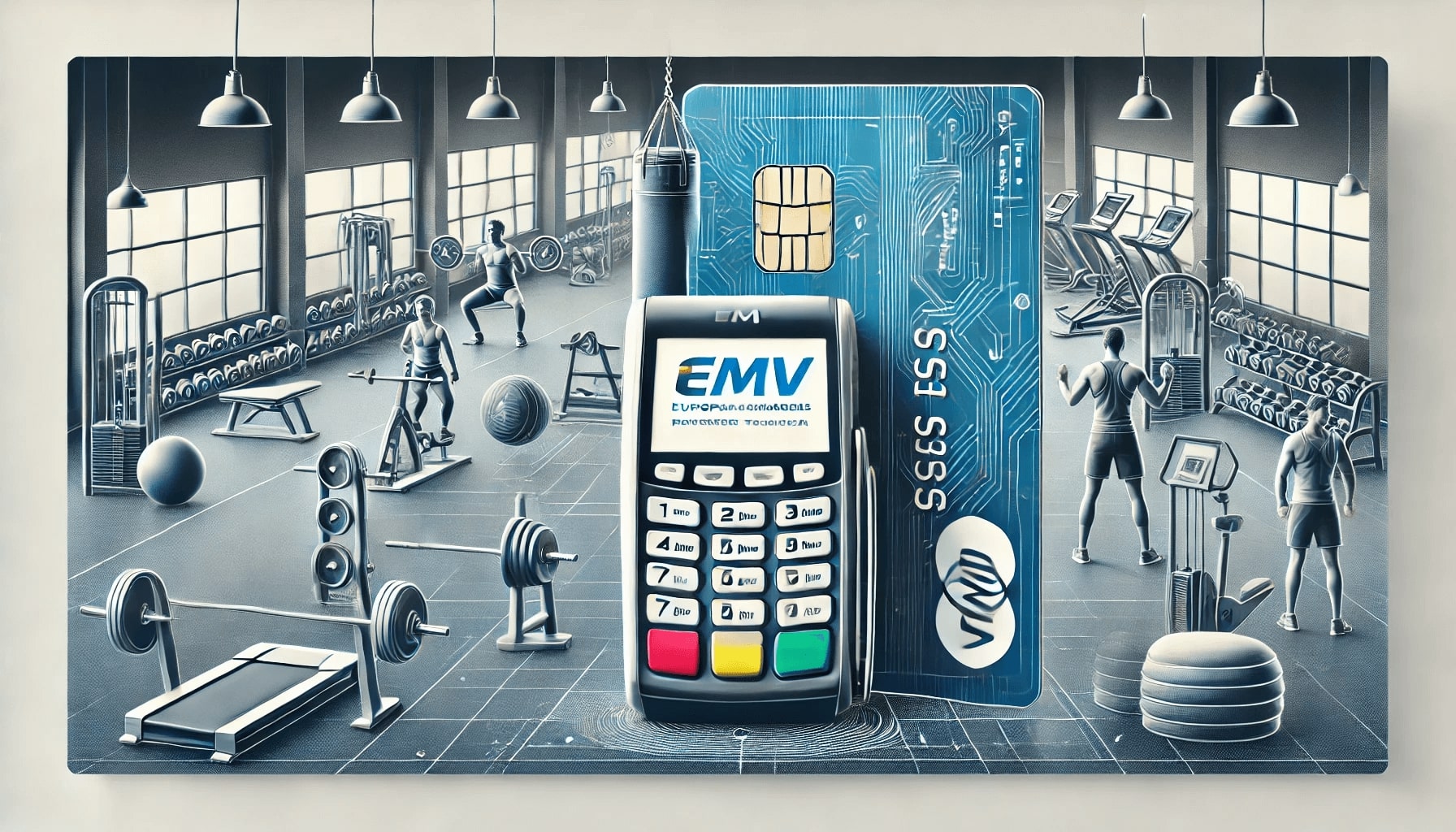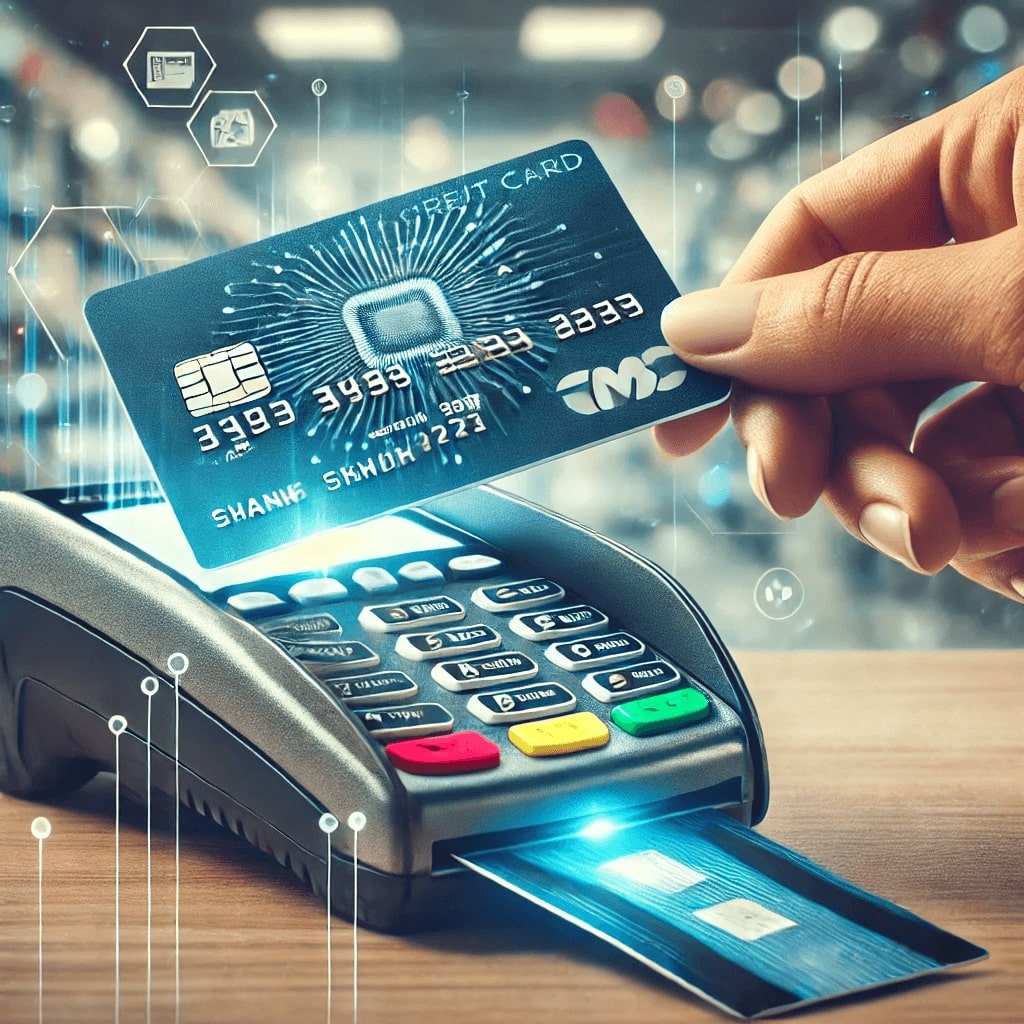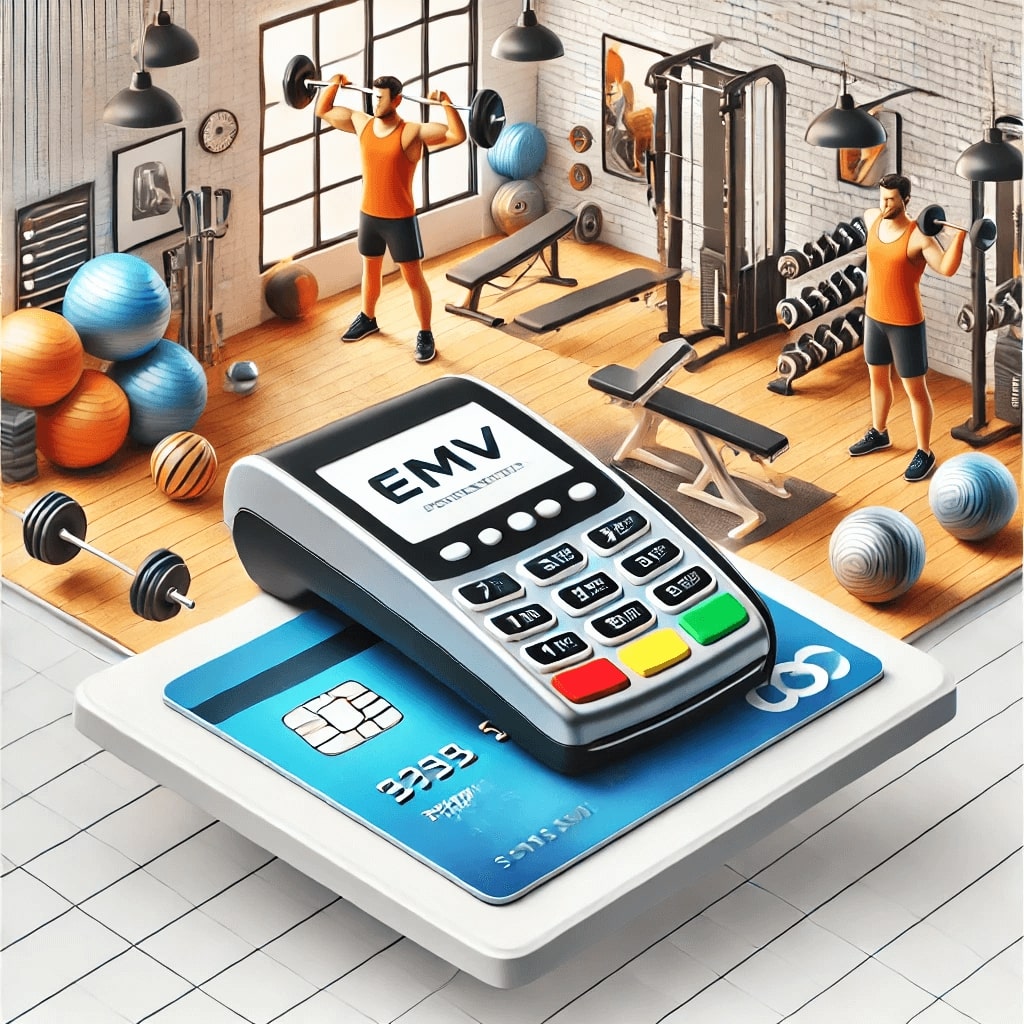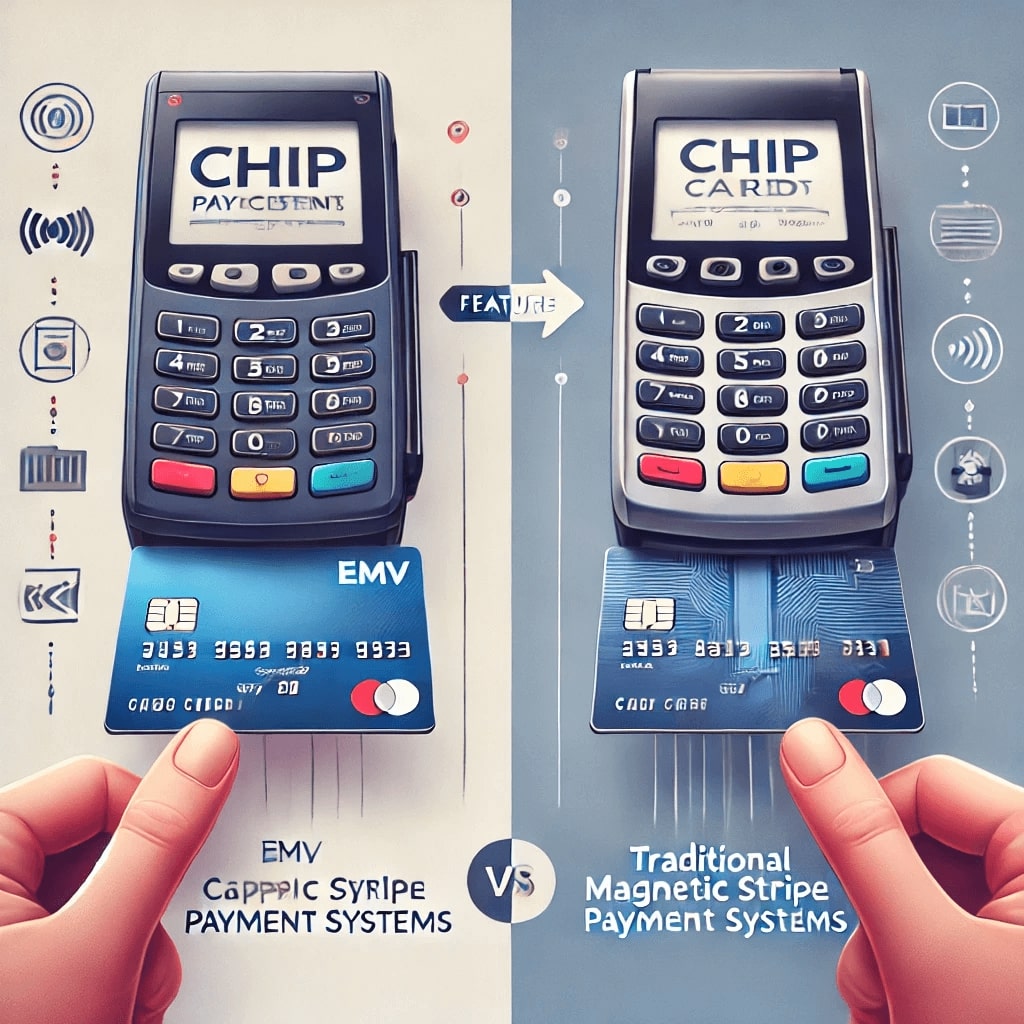
By dev October 4, 2024
In today’s digital age, technology plays a crucial role in almost every aspect of our lives, including the way we make payments. With the rise of contactless payments and online transactions, it is essential for fitness businesses to stay up-to-date with the latest payment technologies to provide a seamless and secure experience for their customers. One such technology that has gained significant traction in recent years is EMV.
EMV, which stands for Europay, Mastercard, and Visa, is a global standard for chip-based payment cards and terminals. It was developed to combat the increasing threat of card fraud and provide enhanced security for both businesses and consumers. In this article, we will explore the benefits of EMV for fitness businesses and why implementing this technology is crucial in today’s payment landscape.
Understanding EMV: What is it and How Does it Work?

EMV technology is based on the use of smart cards, also known as chip cards or integrated circuit cards (ICCs). Unlike traditional magnetic stripe cards, which store data on a magnetic strip, EMV cards contain a microchip that securely stores and processes information. This chip generates a unique transaction code for each payment, making it extremely difficult for fraudsters to replicate or clone the card.
When a customer makes a payment using an EMV card, the card is inserted into a compatible terminal, and the chip is authenticated. The terminal then prompts the customer to enter a PIN or provide a signature to verify their identity. This two-factor authentication process adds an extra layer of security, reducing the risk of unauthorized transactions.
The Importance of EMV for Fitness Businesses

Fitness businesses, like any other industry, are not immune to the threat of card fraud. In fact, they can be particularly vulnerable due to the high volume of transactions and the nature of their business, which often involves recurring payments and membership fees. Implementing EMV technology is crucial for fitness businesses for several reasons:
1. Enhanced Security: Protecting Customer Data with EMV
One of the primary benefits of EMV technology is its ability to protect customer data and reduce the risk of card fraud. The chip on an EMV card generates a unique transaction code for each payment, making it virtually impossible for fraudsters to clone or counterfeit the card. This significantly reduces the chances of unauthorized transactions and helps protect both the business and its customers from financial losses.
2. EMV Compliance: What Fitness Businesses Need to Know
EMV compliance refers to the adherence to the EMV standards and requirements set by payment card networks such as Visa, Mastercard, and American Express. It is essential for fitness businesses to ensure that their payment systems and terminals are EMV compliant to avoid liability for fraudulent transactions.
In the past, if a fraudulent transaction occurred at a business that did not have EMV technology in place, the liability would typically fall on the payment card issuer or the acquirer. However, since the introduction of EMV technology, the liability has shifted to the party that is least EMV compliant in the transaction. This means that if a fitness business does not have EMV technology in place and a fraudulent transaction occurs, the liability may fall on the business itself.
Implementing EMV: Step-by-Step Guide for Fitness Businesses
Implementing EMV technology in a fitness business involves several steps. Here is a step-by-step guide to help fitness businesses navigate the process:
- Assess Current Payment Infrastructure: The first step is to assess the current payment infrastructure and determine if any upgrades or changes are required to support EMV technology. This may involve upgrading payment terminals, software, or integrating with a payment service provider that supports EMV.
- Choose an EMV-Compliant Payment Terminal: Fitness businesses need to select an EMV-compliant payment terminal that supports chip card transactions. It is essential to choose a terminal that is compatible with the business’s existing systems and can handle the expected transaction volume.
- Train Staff: Once the EMV-compliant payment terminal is in place, it is crucial to train staff on how to use the new technology. This includes understanding the process of accepting chip card payments, troubleshooting any issues that may arise, and educating customers on the benefits of using EMV cards.
- Update Payment Policies and Procedures: Fitness businesses should update their payment policies and procedures to reflect the implementation of EMV technology. This may include updating refund and chargeback policies, as well as communicating any changes to customers.
- Test and Monitor: After implementing EMV technology, it is essential to test the payment system thoroughly to ensure it is functioning correctly. Regular monitoring and maintenance should also be conducted to identify and address any issues promptly.
EMV vs. Traditional Payment Systems: A Comparison

To understand the benefits of EMV technology for fitness businesses, it is essential to compare it with traditional payment systems. Here are some key differences between EMV and traditional magnetic stripe cards:
- Security: EMV technology provides enhanced security compared to traditional magnetic stripe cards. The unique transaction codes generated by the chip make it extremely difficult for fraudsters to clone or counterfeit the card, reducing the risk of unauthorized transactions.
- Liability: With traditional magnetic stripe cards, the liability for fraudulent transactions typically falls on the payment card issuer or the acquirer. However, with EMV technology, the liability shifts to the party that is least EMV compliant in the transaction. This means that fitness businesses without EMV technology may be held liable for fraudulent transactions.
- Customer Confidence: Implementing EMV technology can help build customer confidence by providing a secure and seamless payment experience. Customers are more likely to trust businesses that prioritize their security and are less likely to be victims of card fraud.
EMV Benefits for Fitness Businesses: Increased Efficiency and Customer Satisfaction
Implementing EMV technology in fitness businesses offers several benefits beyond enhanced security. Here are some of the key advantages:
- Faster Transactions: EMV chip cards can be processed much faster than traditional magnetic stripe cards. This means shorter wait times for customers, especially during peak hours, leading to increased efficiency and customer satisfaction.
- Reduced Chargebacks: Chargebacks can be a significant headache for fitness businesses, leading to financial losses and administrative burdens. EMV technology can help reduce chargebacks by providing an additional layer of authentication, making it more difficult for customers to dispute legitimate transactions.
- Contactless Payments: EMV technology also supports contactless payments, allowing customers to make payments by simply tapping their card or mobile device on a compatible terminal. This provides a convenient and hygienic payment option, especially in today’s health-conscious environment.
- Improved Customer Experience: By implementing EMV technology, fitness businesses can provide a seamless and secure payment experience for their customers. This can lead to increased customer satisfaction and loyalty, ultimately benefiting the business’s bottom line.
Common FAQs about EMV in Fitness Businesses
Q.1: What is the cost of implementing EMV technology in a fitness business?
The cost of implementing EMV technology in a fitness business can vary depending on several factors, including the number of payment terminals that need to be upgraded, the software and hardware requirements, and any additional services or support required. It is recommended to consult with a payment service provider or a technology vendor to get a detailed cost estimate.
Q.2: Can fitness businesses still accept magnetic stripe cards after implementing EMV technology?
Yes, fitness businesses can still accept magnetic stripe cards even after implementing EMV technology. EMV-compliant payment terminals are designed to accept both chip card and magnetic stripe card transactions, ensuring compatibility with all types of payment cards.
Q.3: Are there any ongoing maintenance or support requirements for EMV technology?
Like any technology, EMV technology may require ongoing maintenance and support to ensure its smooth operation. This may include software updates, troubleshooting any issues that arise, and staying up-to-date with the latest security standards. It is recommended to work with a reliable payment service provider or technology vendor that can provide ongoing support and maintenance services.
Conclusion
In conclusion, implementing EMV technology in fitness businesses is crucial in today’s payment landscape. The enhanced security provided by EMV technology helps protect customer data and reduce the risk of card fraud. EMV compliance is also essential to avoid liability for fraudulent transactions.
By following a step-by-step guide, fitness businesses can successfully implement EMV technology and enjoy the benefits of increased efficiency and customer satisfaction. With the added convenience of contactless payments and the ability to accept both chip and magnetic stripe cards, fitness businesses can provide a seamless and secure payment experience for their customers.